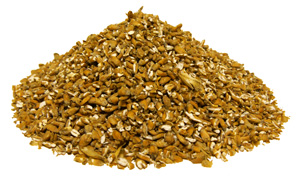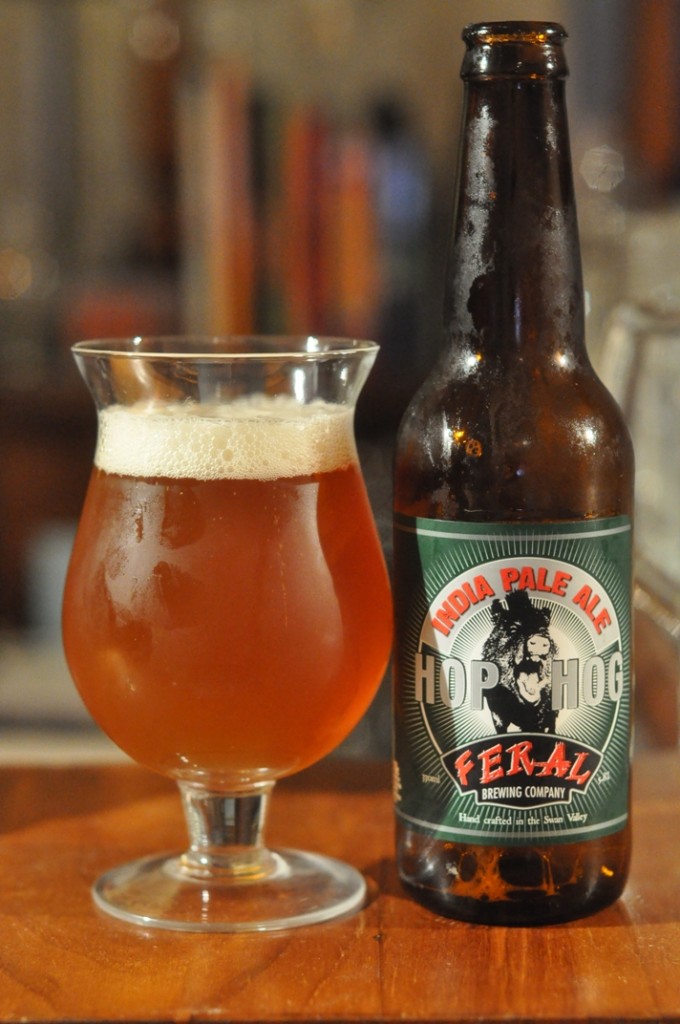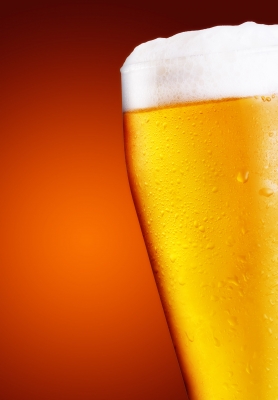On this page we’ll discuss some of the most common types of malt commercially available to home brewers.
Buying malts for home brewing
Malts are sold in bulk, usually out of a plastic bin or bag, or already packed and weighed for you.
As you learn more about malts you’ll feel more comfortable substituting ingredients in your recipe, and as a general rule don’t be afraid to try new things.
Not all types of malt are available everywhere and knowing what grain to use to achieve similar results is a sign of a good homebrewer.
Types of malt
Let’s look at the common types of malt:
Crystal Malts
Crystal malts can be used in just about any recipe. It is used to improve body and aid head retention, while creating a malty sweet background.
Crystal malts with a higher Lovibond (L) rating have darker color and a richer caramel taste. The flavours can be extracted with a simple water steep, especially effective with extract batches of beer. Crystal malt can also add quite a bit of protein. Excess amounts of protein can lead to chill haze.
Crystal malt (also called Caramel malt) can range in colour from 10-120 degrees L. The mashing and drying process used for this malt does not convert all the starches, leaving it composed mostly of unfermentable sugars. These are further caramelised by the kilning.
The use of crystal malts sweetens the beer with a caramel flavour, adds colour to the wort, and can aid head retention.
Crystal Malt, 10 L: Will impart minimal colour and a slight caramel flavour.
Crystal Malt, 20 L: Slightly more colour and caramel flavour than crystal 10.
Crystal Malt, 60 L: Will add an amber colour and increased caramel flavour.
Crystal Malt, 120 L: Will add a deep reddish colour and a rich, highly caramelised flavour.
Dextrin (Carapils) malt 7 L.
Use of this malt adds smoothness, sweetness, and body, without affecting the colour of the wort. It aids in head retention and body. Most commonly used as 3 – 15% of a mash for light ales and lagers.
Chocolate malt 350 L
This chocolate malt has been kilned at a fairly high temperature, producing a rich flavour and considerable darkness. It has a smooth, roasted, dark chocolate flavour.
Chocolate malt is widely used in dark ales, such as mild ales, stouts, porters, as well as some dark lagers, such as Oktoberfests and bocks. It’s suitable for adding malt complexity to many styles when used sparingly. Chocolate malt does not contribute much fermentable sugar.
The flavour and colour of chocolate malt are easily extracted by steeping, leading to the basis of some easy-to-make porter recipes.
Black malt (also Black Patent) 500- 530 L
Roasted to a darker colour than chocolate malt, the sharper, burnt acidic flavor of black malts is often inappropriate for dark lagers, but can be used in some dark ales.
The flavour of black malts is often the reason to use black malt instead of chocolate malt, but be warned as the taste becomes acrid if you use too much.
2-Row Pale Malt
This is the grain that typically makes up the largest fraction of an all-grain recipe. Pale malt contains starch, and is also high in diastatic enzyme.
Mashing is required to allow the enzymes to convert the starch to soluble, fermentable sugars. Pale malt is light in colour and contributes a crisp malt flavour.
Extract recipes don’t use pale malt, but it’s a requirement for the intermediate technique of partial mashing.
Pilsner Malt
Pilsner malt is the base for most light German styles. It has the lightest colour and flavour of all malts.
Pilsner malt usually needs a protein rest during mashing, which means the mash temperature is first brought up to 115-120 degrees F and held there for a period of time. The temperature is then increased to normal mashing temperatures.
Some varieties of pilsner malt have low enzyme levels which requires careful mashing.
Munich and Vienna Malt
These European malts are kilned at a slightly higher temperatures than pale malt. Because of this they have a darker, richer flavor, making them ideal for malty beers such as Bock and Oktoberfest.
Both Munich and Vienna malts require mashing. They contain diastatic enzymes, but at a lower level than pale malt.
Vienna 3 – 7 degrees L
This malt produces a full bodied, amber colour brew with a noticeable malt aroma. The malt itself has only medium enzymatic power, and is commonly used in Dortmunders and pale bocks.
Light Munich 10 L and Dark Munich 20 L
Munich malt is as aromatic as Vienna malt, but yields a darker reddish-orange colored brew with a slightly sweet caramel flavor. This malt often comes in two different grades, with the lighter grade being more similar to Vienna malt.
Use 5 – 20% dark Munich in golden and amber lagers, and 25 – 50% malt in Munich dark and some bocks.
Malted Wheat
Not all malts are made from barley. Malted wheat is a key ingredient in weizen beers, and contributes a glutiny mouthfeel. The colour is very light and is high in fermentable starch.
Malted wheat has diastatic enzyme and must be mashed, just like pale malt.
Flaked Oats, Rice and Corn
Flaked oats, rice, and corn are un-malted grains called adjuncts.
Oats contribute a rich mouthfeel, corn is lightly flavored, and the flavour of rice is almost neutral.
Corn and rice lead to very light, low-body beers. They’re very high in convertible starches, but have no enzymes of their own, so in order to use them they must be mashed with malt that is high in diastatic enzyme.
6-Row Malted Barley
This malt is similar to 2-row, but has higher enzyme levels. This makes it ideal for use with the adjunct grains. The protein content is higher too, which helps compensate for the lower levels found in rice or corn.
“Types of malt”, written by Terry J.




Leave a Reply